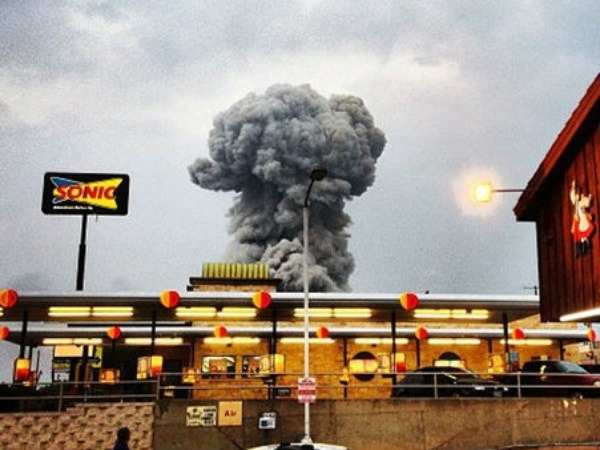In April 2013, an explosion at a fertilizer plant in West, Texas, killed 15 people and decimated a community. This tragedy prompted President Obama to issue an Executive Order (EO) on August 1, 2013, directing federal agencies to establish new chemical-plant safety regulations.
Two years later, serious questions remain about when the rules will be finalized and whether the Environmental Protection Agency (EPA) will issue rules consistent with the administration’s principles.
Senator Obama: “We cannot allow chemical industry lobbyists to dictate the terms of the debate. We cannot allow our security to be hijacked by corporate interests.”
The EPA has pledged to issue proposed rules in September. Typically, it takes 12-15 months to finalize rules, meaning the earliest that rules proposed this September could be finalized is likely September 2016. Unless the rules are finalized 60 legislative days before President Obama leaves office, they will be subject to reversal by a new Congress in 2017.
The dangers of accidents at chemical plants have been well understood for decades. The 1984 Bhopal disaster at a Union Carbide pesticide plant in India that killed thousands prompted legislative responses in the United States. The 1990 amendments to the Clean Air Act gave the EPA authority to prevent accidental chemical releases, an addition commonly referred to as the Bhopal Amendment.
Despite this new authority, U.S. chemical plant safety standards have remained largely ineffective due to the EPA’s failure to issue enforceable prevention rules.
Today, an army of powerful chemical industry lobbyists representing the likes of Dow, DuPont, ExxonMobil, and Koch Industries are working to prevent stronger rules from being implemented. In 2014, the chemical lobby spent $64.7 million advancing its anti-regulatory agenda.
Overcoming the chemical lobby’s influence is critical to protecting the more than 110 million people currently at risk of a catastrophic incident at chemical plants around the country.
The people at greatest risk of acute harm from a chemical disaster are chemical plant workers and residents of fenceline communities—those living within the closest one-tenth of a facility’s vulnerability zone. Fenceline communities are frequently comprised of people of color and have lower home values, lower education levels and higher occurrences of poverty than the U.S. population as a whole. This is an alarming example of environmental injustice.
Strong requirements for the implementation of safer chemical processes, also known as inherently safer technology (IST), are critical to reducing hazards and protecting the communities most threatened by these facilities. Fortunately, there are hundreds of examples of cost-effective conversions to safer processes at facilities across 47 states.
Implementing IST is the most effective way to reduce hazards. For example, water treatment facilities can replace highly toxic chlorine gas with liquid chlorine bleach. Oil refineries can switch from hydrofluoric acid to solid acid catalysts or ionic liquid alkylation.
These conversions to safer alternatives often cost less than $100,000 per facility and can also save money in the long-term by reducing the costs of physical site security, regulatory reporting, and insurance liability.
To prevent future disasters, the EPA’s proposed rules must include requirements for facilities to implement IST wherever feasible. Such a requirement embraces the precautionary principle that is crucial to preventing disasters, rather than focusing solely on emergency response.
The agency’s rules must also empower communities with publicly available and easily accessible information about catastrophic hazards at local facilities.
As a senator in 2006, Obama described IST as “an integral part of chemical plant safety” and declared, “we cannot allow chemical industry lobbyists to dictate the terms of the debate. We cannot allow our security to be hijacked by corporate interests.” He also included chemical plant security as a part of his campaign platform in 2008 and has committed to achieving advancements in environmental justice.
The Obama administration has an opportunity to eliminate future disasters at the most dangerous facilities around the country and protect millions of Americans. The administration must use its authority to expedite the EPA’s rule-making process, or this chance to protect communities could be lost for many years to come.
Taylor Smith-Hams is working with the Greenpeace Toxics Campaign in Washington, D.C.
This article will appear in the September 2015 issue of The Washington Spectator.




And while you’re about, Mr. President–oil-train safety and offshore drilling safety.